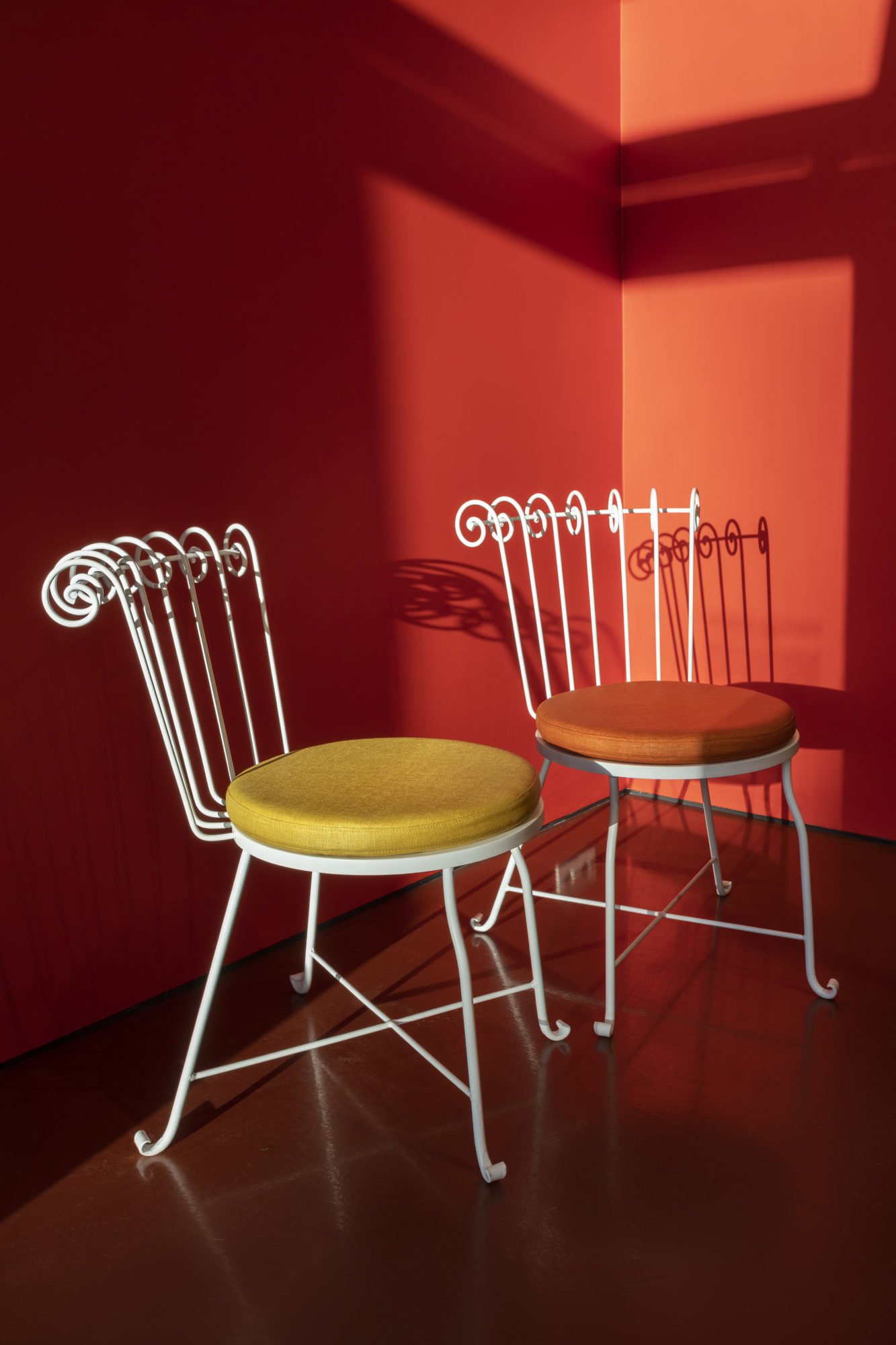Have you ever wondered what makes India tartans so unique? These vibrant patterns are more than just textiles—they're a symbol of identity, culture, and history. Imagine walking through the bustling streets of India, where every corner tells a story, and every thread weaves a tale. In this article, we'll dive deep into the world of India tartans, exploring their origins, significance, and modern-day relevance. So buckle up, because this is going to be one colorful ride!
India tartans are not just about pretty designs; they're a reflection of the rich tapestry of Indian culture. From the rugged hills of Kashmir to the vibrant streets of Rajasthan, these patterns tell stories of tradition, heritage, and resilience. It's like stepping into a living museum where every piece of fabric has its own story to tell.
Whether you're a history buff, a fashion enthusiast, or simply someone who appreciates the beauty of craftsmanship, this article is for you. We'll take you on a journey through the past, present, and future of India tartans, uncovering secrets and sharing insights that you won't find anywhere else. Let's get started!
- Avery Richardson The Rising Star In The World Of Basketball
- Aspen Miller Breakaway The Ultimate Guide To Her Journey Talent And Achievements
What Are India Tartans?
India tartans are a type of woven fabric that features crisscrossed horizontal and vertical stripes in various colors. These patterns are often associated with Scottish kilts, but in India, they have their own unique identity. The term "tartan" itself comes from the Gaelic word "tarsainn," meaning "across," but in India, these patterns have been adapted to reflect local traditions and aesthetics.
India tartans are made using traditional techniques passed down through generations. Each region in India has its own style and variation, making these textiles truly one-of-a-kind. From the intricate designs of the Banarasi silk to the bold colors of the Rajasthani block prints, there's something for everyone to admire.
History of India Tartans
The history of India tartans dates back thousands of years. Long before the Scottish clans adopted tartan patterns, Indian weavers were creating their own versions of these intricate designs. The ancient Indus Valley Civilization, for example, had a thriving textile industry that produced some of the earliest known examples of patterned fabrics.
- Farming Influencers The New Frontier Of Modern Agriculture
- Juanita Belle Onlyfans Videos The Inside Scoop Yoursquove Been Waiting For
As trade routes expanded, Indian textiles gained popularity across the globe. The Mughal Empire, in particular, played a significant role in promoting the art of weaving. During this time, India tartans became synonymous with luxury and sophistication, adorning the royal courts and elite households.
Key Historical Milestones
- 3000 BCE: The Indus Valley Civilization begins producing patterned textiles.
- 15th Century: The Mughal Empire promotes the art of weaving, leading to the development of intricate India tartans.
- 19th Century: British colonization introduces new techniques and influences to Indian textiles.
Regional Variations of India Tartans
India is a land of diversity, and this is reflected in its tartan patterns. Each region has its own unique style, influenced by local culture, climate, and available resources. Let's take a closer look at some of the most famous regional variations:
Kashmir Tartans
Kashmir tartans are known for their soft, luxurious feel and intricate designs. The cold climate of the region has led to the development of woolen textiles that are both functional and beautiful. These tartans often feature muted colors and delicate patterns, perfect for the winter months.
Rajasthani Tartans
On the other hand, Rajasthani tartans are all about boldness and vibrancy. The desert climate of Rajasthan has inspired weavers to create patterns that are as colorful and lively as the region itself. These tartans often feature bright reds, yellows, and blues, making them a favorite among tourists and fashionistas alike.
How Are India Tartans Made?
The process of creating India tartans is both an art and a science. It begins with the selection of raw materials, which can range from silk and cotton to wool and jute. Once the materials are chosen, they are dyed in a variety of colors using natural or synthetic dyes.
The weaving process itself is a labor-intensive task that requires skill and precision. Traditional looms are still used in many parts of India, allowing weavers to create patterns that are impossible to replicate with modern machinery. This ensures that each piece of India tartan is truly unique.
Modern Innovations
While traditional methods are still valued, modern innovations have also played a role in the evolution of India tartans. The use of digital design software and advanced weaving techniques has opened up new possibilities for creativity and experimentation. However, many purists argue that nothing beats the charm of hand-woven textiles.
Cultural Significance of India Tartans
India tartans are more than just decorative textiles; they hold deep cultural significance. In many parts of India, these patterns are used to denote social status, community affiliation, and even religious beliefs. For example, certain tartans may be worn only by members of a particular caste or tribe, serving as a badge of identity.
Weddings, festivals, and religious ceremonies often feature India tartans prominently. These textiles are seen as a symbol of prosperity, good fortune, and cultural pride. It's not uncommon to see entire families dressed in matching tartans during special occasions, creating a sense of unity and belonging.
Economic Impact of India Tartans
The textile industry is one of the largest employers in India, and India tartans play a significant role in this sector. Millions of people, from weavers to designers, depend on this industry for their livelihoods. In recent years, there has been a growing interest in sustainable and ethical fashion, which has further boosted the demand for handmade India tartans.
However, the industry also faces challenges such as competition from cheap imports and the declining interest in traditional crafts among younger generations. Efforts are being made to address these issues through government initiatives, NGO programs, and collaborations with international designers.
Supporting Local Artisans
As consumers, we can play a role in supporting the artisans who create these beautiful textiles. By choosing to buy handmade India tartans, we not only get a unique product but also contribute to the preservation of traditional crafts. Look for labels that indicate fair trade practices and sustainable sourcing to ensure that your purchase makes a positive impact.
Fashion Trends and India Tartans
In the world of fashion, India tartans have made a big splash. Designers from all over the globe are incorporating these patterns into their collections, creating everything from haute couture to casual wear. The versatility of India tartans makes them a favorite among fashionistas who want to make a statement without compromising on comfort.
From runway shows in Paris to street style in Mumbai, India tartans are everywhere. They can be seen in everything from scarves and shawls to jackets and trousers. The bold colors and intricate patterns make them a perfect choice for those who want to add a pop of color to their wardrobe.
DIY Projects with India Tartans
If you're feeling crafty, why not try your hand at creating something with India tartans? There are endless possibilities, from making cushions and curtains to designing your own clothing. The internet is full of tutorials and inspiration, so there's no excuse not to give it a shot.
Sustainability and India Tartans
In an era where sustainability is becoming increasingly important, India tartans offer a eco-friendly alternative to mass-produced textiles. Many weavers use natural dyes and organic materials, reducing the environmental impact of their work. Additionally, the focus on handmade products means that there is less waste and more attention to detail.
Consumers are becoming more aware of the importance of sustainable fashion, and India tartans are a great way to support this movement. By choosing products that are ethically made and environmentally friendly, we can help protect both people and the planet.
Challenges and Opportunities
Despite the many benefits of India tartans, the industry faces several challenges. Issues such as water pollution from dyeing processes and the use of synthetic fibers are causing concern among environmentalists. However, there are also opportunities for innovation and improvement, such as the development of eco-friendly dyes and the promotion of organic farming practices.
Where to Buy India Tartans
If you're looking to add some India tartans to your collection, there are plenty of options available. From local markets to online stores, you can find textiles to suit every budget and style. Some popular destinations for shopping include the famous textile markets of Jaipur, the silk weavers of Banaras, and the woolen shops of Kashmir.
When buying India tartans, it's important to consider factors such as quality, authenticity, and price. Look for products that are certified by reputable organizations to ensure that you're getting the real deal. And don't forget to haggle—it's all part of the fun!
Conclusion
In conclusion, India tartans are a fascinating blend of history, culture, and artistry. From their ancient origins to their modern-day relevance, these textiles continue to captivate and inspire people around the world. Whether you're a collector, a fashion enthusiast, or simply someone who appreciates the beauty of craftsmanship, there's something about India tartans that will leave a lasting impression.
So next time you come across a piece of India tartan, take a moment to appreciate the story behind it. And if you're feeling inspired, why not share this article with your friends or leave a comment below? Together, we can celebrate the rich heritage of India tartans and ensure that these beautiful textiles continue to thrive for generations to come.
Table of Contents
- What Are India Tartans?
- History of India Tartans
- Regional Variations of India Tartans
- How Are India Tartans Made?
- Cultural Significance of India Tartans
- Economic Impact of India Tartans
- Fashion Trends and India Tartans
- Sustainability and India Tartans
- Where to Buy India Tartans
- Conclusion



Detail Author:
- Name : Ms. Cecelia Hauck
- Username : hudson84
- Email : kerluke.susan@kirlin.net
- Birthdate : 1983-03-19
- Address : 3671 O'Conner Summit Apt. 703 Lake Serenityburgh, GA 21601
- Phone : (909) 240-2363
- Company : Nitzsche, Cassin and Stroman
- Job : Manager of Weapons Specialists
- Bio : Quis quasi sequi ut est. Quia velit atque quas nam dolore nihil tempora. Consequuntur vitae pariatur deleniti id dignissimos tempora. Quia quia commodi ad necessitatibus sed reprehenderit sequi.
Socials
tiktok:
- url : https://tiktok.com/@sierra4107
- username : sierra4107
- bio : Voluptas laborum qui commodi. Omnis dolorem est quod. Aliquam velit nihil et.
- followers : 516
- following : 57
instagram:
- url : https://instagram.com/sierra7742
- username : sierra7742
- bio : Est expedita impedit velit aut et unde dicta vel. Quia illum et voluptatibus est.
- followers : 535
- following : 2942